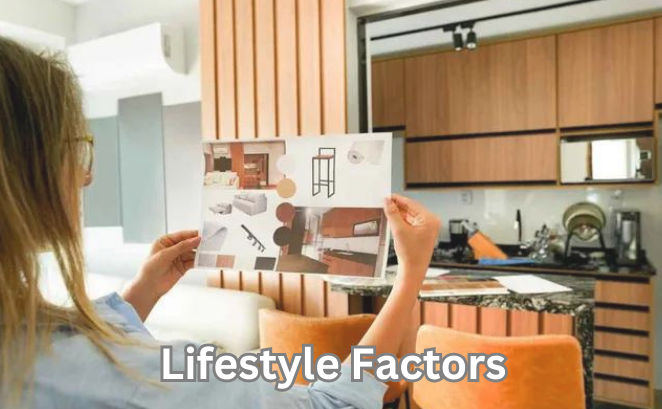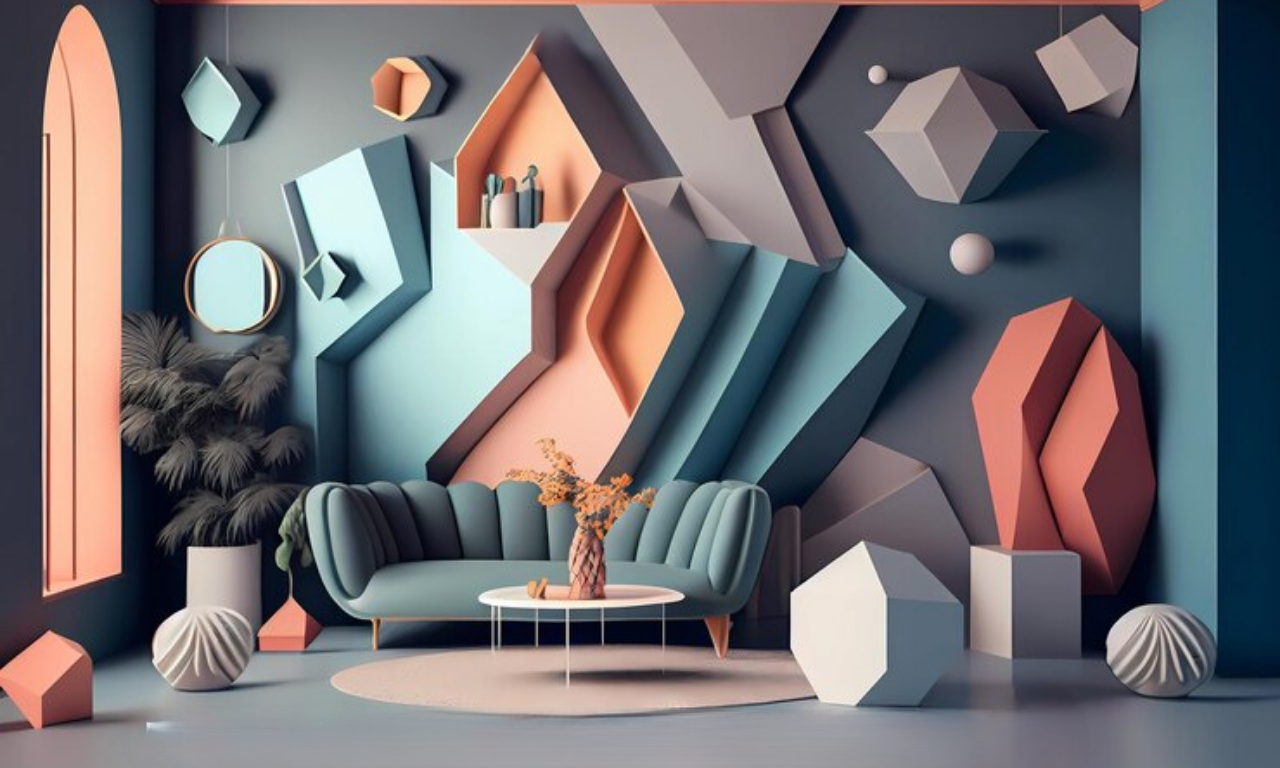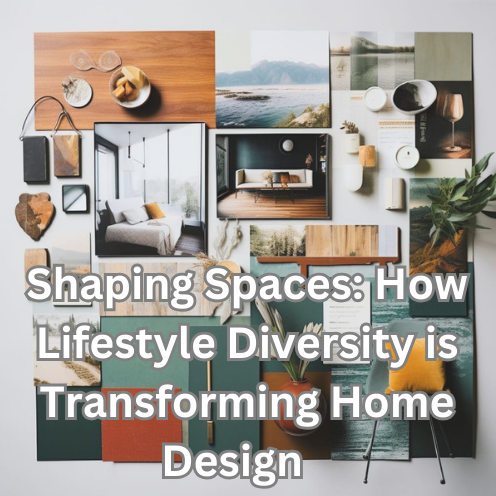A home is not just about building materials, it must be a space that aligns with its dwellers – a place that provides comfort, adapts to their needs, and supports the inhabitant’s unique lifestyle. Looking at home design from this perspective also leads the way for creativity and innovation, enabling architects and designers to push boundaries and challenge traditional design norms.
The article explores the influence lifestyle, environmental factors, and technology have on home designs. Additionally, we will discuss the vital role that a residential architect plays in creating these spaces. The ultimate goal is not merely to inform but also to inspire readers to consider these factors in home designs.

Lifestyle Factors
There are numerous types of diverse lifestyles that can have an impact on home building and design. These can range from active professionals who may prefer minimalist, low-maintenance homes with functional home offices, to large families who require spacious living areas and multiple bedrooms. On the other hand, older individuals might need accessible designs that make mobility easier, while urban dwellers may opt for compact designs that make efficient use of sparse space. Therefore, the diversity of lifestyles calls for diversity in home designs.
Flexibility and adaptability are important considerations in the design process..For instance, a room may double as a work-from-home office during the day and a cozy family space in the evening. An adaptable home design has the potential for modifications or expansions as the inhabitants’ needs change over time. This can include design elements such as movable walls, or spaces that allow for easy conversion. Wellness spaces such as home gyms, meditation rooms, and outdoor spaces that facilitate relaxation and connection with nature are other lifestyle factors.
Cultural Influence
A significant aspect to consider when designing homes for diverse lifestyles involves cultural sensitivity. A home should be a reflection of the people who live in it, tying in their cultural beliefs, traditions, and the aesthetic elements they find appealing. Therefore, for architects and interior designers, it’s important to be familiar with different cultural backgrounds to create spaces that respect and celebrate cultural diversity. In a multicultural society, home designs should strive to be a collection of different cultural aesthetics, without compromising on individuality and personal taste.
Technology and Sustainability
A significant trend that is currently shaping the future of home design is the rapid advancement in technology. Architectural and interior designs have experienced immense transformation as technology continues to progress. For instance, home automation systems, also known as smart home technology, have continued to gain popularity in recent years. Homeowners now have the ability to control various aspects of their home, such as lighting, temperature, and security at the touch of a button or through voice commands.
The integration of technology into home design has also made it possible to optimize energy usage and implement sustainable practices that contribute to environmental preservation. Architects and designers are integrating sustainable materials and renewable energy sources like solar panels in their designs. They are considering environmental impact in their choice of building materials and methods, aiming to minimize waste and maximize energy efficiency. growing environmental consciousness, sustainable practices should be employed in home designs, utilizing materials and technologies that minimize the ecological footprint.

The Role of Residential Spaces Architects
A key factor in designing homes that meet the needs of diverse lifestyles lies in the hands of architects and interior designers. These professionals play a role in not only understanding the preferences and lifestyles of their clients but also incorporating these considerations into the design features. They engage in thorough discussions and planning sessions with their clients to comprehend their daily routines, activities they enjoy, the culture they uphold, aesthetic preferences, and overall lifestyle choices.
This detailed understanding serves as the foundation for constructing a design that truly resonates with the individual or family that will live in the space. Once they have an accurate understanding of the client’s lifestyle and preferences, architects and interior designers work on incorporating those elements into the design features. Everything from the floor plan to the selection of fixtures and furnishings is influenced by the lifestyle needs of the client. For instance, a fitness enthusiast might need a dedicated exercise area, while a business professional may prioritize a home office.
Communication is equally important in this process. Architects and interior designers need to maintain seamless communication with clients to ensure their needs are being met. A collaborative approach allows the clients to voice their concerns, feedback, or changes in preference at any stage of the design process. As the bridge between the client’s vision and the final product, these professionals need to ensure they interpret and translate the client’s expectations accurately and effectively.
Conclusion
This article discussed an approach to home design, considering the dynamic interplay of lifestyle, culture, technology, and sustainability, with architects and interior designers serving as essential interpreters and implementers of these considerations. Their responsibility is to understand their clients’ preferences, daily routines, and cultural influences. This serves as the foundation for creating personalized and functional designs. Effective communication between professionals and clients is essential for ensuring that the final design aligns with the client’s vision. Overall, the article aims not only to inform readers about these influential factors but also to inspire them to consider these elements when envisioning their own homes.
